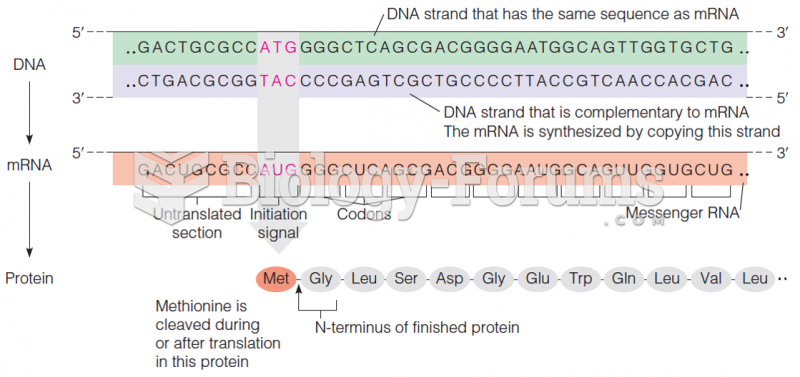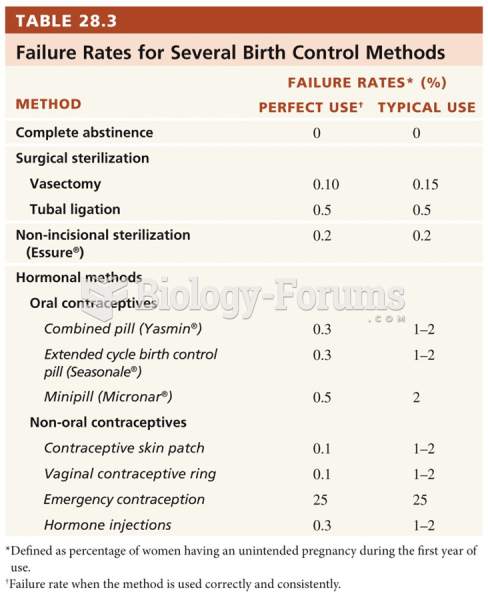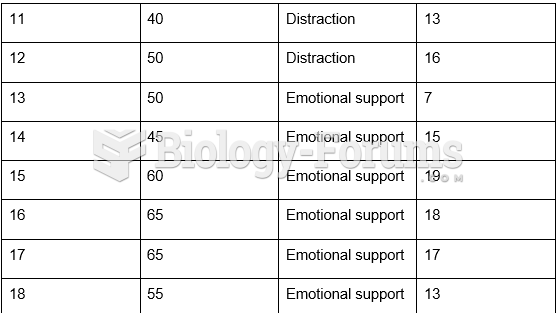Answer to Question 1
While information technology holds great promise for enhancing supply chain performance and organizational competitiveness, success is not guaranteed. Supply chain managers must carefully evaluate their technology options and steer clear of the pitfalls associated with systems adoption or upgrades.
A fundamental risk is highlighted by the term solution.. It is unrealistic to assume that supply chain technologies will readily solve or fix flawed supply chains. Technology alone cannot make ill-conceived processes highly productive or make effective use of poor quality data. Managers must avoid buying into the solution hype, resolve their process challenges prior to technology adoption, and remember the true role of technology process enablement.
Weak technology-process alignment is another barrier to success. Software may be chosen by executives and technology specialists that do not understand supply chain processes or requirements. This can lead to ill-fitting solutions that fail to achieve their promise. To mitigate this risk, supply chain managers must be engaged in the technology selection process. It is their responsibility to ensure that the tools fit the need, support collaboration, and provide visibility into all key aspects of the supply chain.14
Technology gaps can be a significant problem for organizations. Often, point solutions fix an individual supply chain problem but don't address related issues or processes. Also, software may be purchased and deployed in piecemeal fashion, leading to a patchwork quilt of technologies rather than a seamless information network. To reduce these gaps, organizations should create stable enterprise-wide platforms and adopt an integrated supply chain software suite. This will improve data flows between supply chain processes and participants for accurate analysis and informed decision making.
Cross-chain systems integration with suppliers, service providers, and customers is a stumbling block for some organizations. Chief information officers at logistics service providers view integration with customers' information technologies as their single biggest challenge.15 On the customer side, supply chain network complexity and creating visibility across the supply chain are top challenges.16 To overcome these integration woes, trading partners need to link their computer systems and transform the supply chain into a network of beneficial relationships.17
Poor planning and preparation for technology implementation is also problematic. Some organizations do not create a change management plan. This increases the risk of implementation delays, lost connectivity, and supply chain disruptions. Others fail to address the all-important topics of cultural change, user acceptance, and training. These people issues were cited among the primary reasons why supply chain technology purchases fail to achieve the desired return on investment (ROI).18 The logical action is to mitigation methods follow a staged, logical approach to adopting new technologies and to establish adequate budgets for technology installation, integration, and training.
As these mitigation strategies suggest, systems risks can be overcome. Many organizations successfully deploy SCIS to promote cost control, visibility, and service improvement. The key for supply chain leaders is to view technology implementation as a business improvement project. And, they must actively engage in the planning, purchase, and implementation of new tools. They cannot delegate responsibility and control to the IT team, consultants, or software suppliers.19
Realize that developing the systems capabilities of a Gartner Supply Chain Top 25 company is a long-term proposition. Fostering process excellence, linking multiple networks of people, processes, and technology, and mitigating technology risks are huge challenges, even with an established, best-in-class SCIS. Extensive time, financial resources, and top management commitment are required to select, implement, and maintain a quality system that supports supply chain excellence.
Answer to Question 2
True







